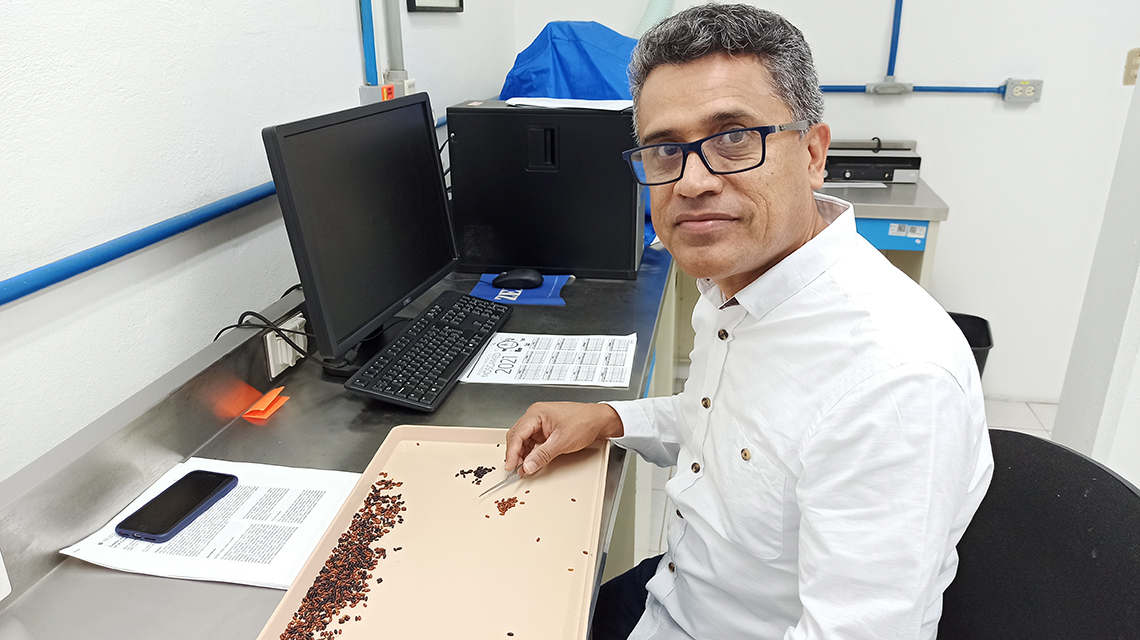Damage from insect pests can threaten farmers’ livelihoods and harm international trade and global food security, with limits put on the movement of some crops to curb the spread of pests. But the burden of such pests can be slowed down, and, in some cases, completely eliminated through harnessing the power of nuclear techniques. The technique used requires the mass rearing of insects, which can become more efficient thanks to the new findings.
The IAEA, in cooperation with the Food and Agriculture Organization of the United Nations (FAO), has been researching and improving the sterile insect technique (SIT) for the last 60 years to help countries combat diseases that insects carry. FAO estimates that between 20 and 40 per cent of crops globally are lost every year due to pests ̶ accounting for roughly US $220 billion in lost revenue to farmers. As an environment-friendly form of insect population management, the SIT uses irradiation to sterilize male insects. The sterilized male insects are then released into target areas to breed with wild females ̶ resulting in no offspring and minimizing damage to crops by insects, which may burrow into or ingest the plant.
The daily production and release of millions of sterile males that are healthy and can compete against wild males is key to a SIT programme’s success. Participants of a Coordinated Research Project (CRP), Comparing Rearing Efficiency and Competitiveness of Sterile Male Strains Produced by Genetic, Transgenic or Symbiont-based Technologies, have studied the challenges associated with this process and ways to overcome them. Resulting from the CRP, a collection of papers highlighting the achievements of the research has now been published.






